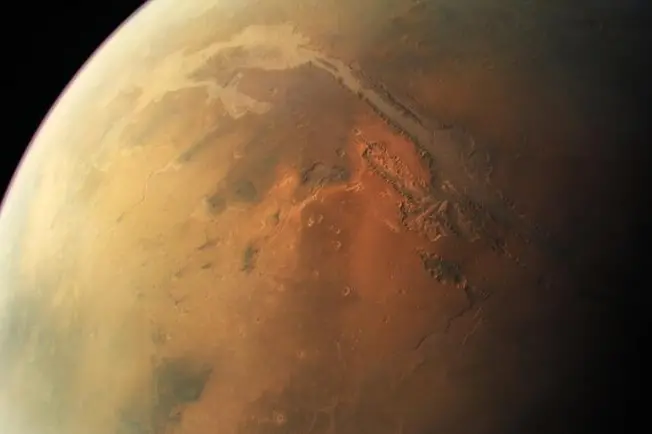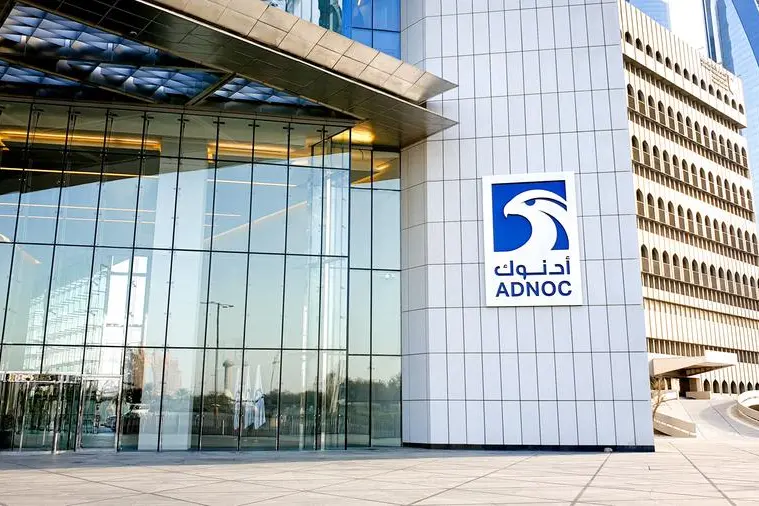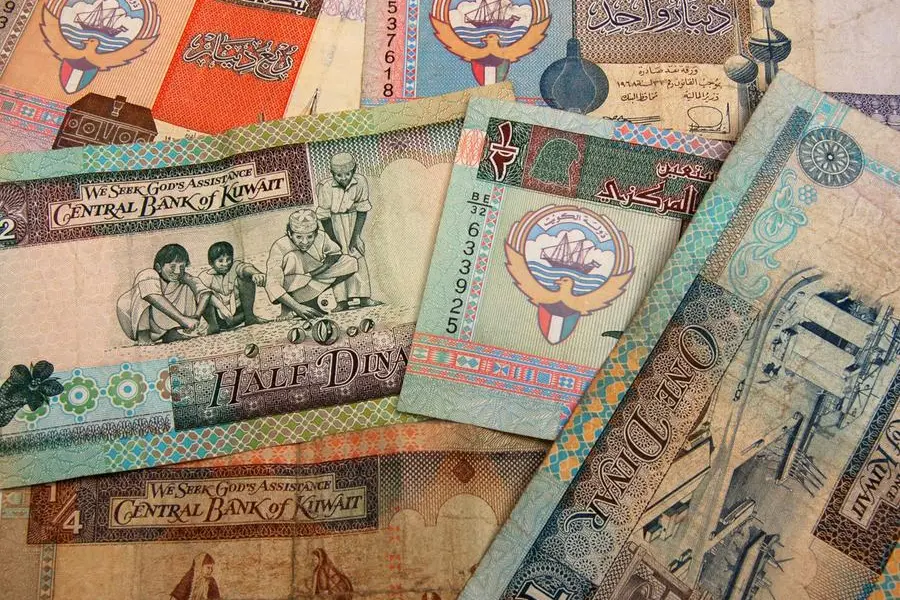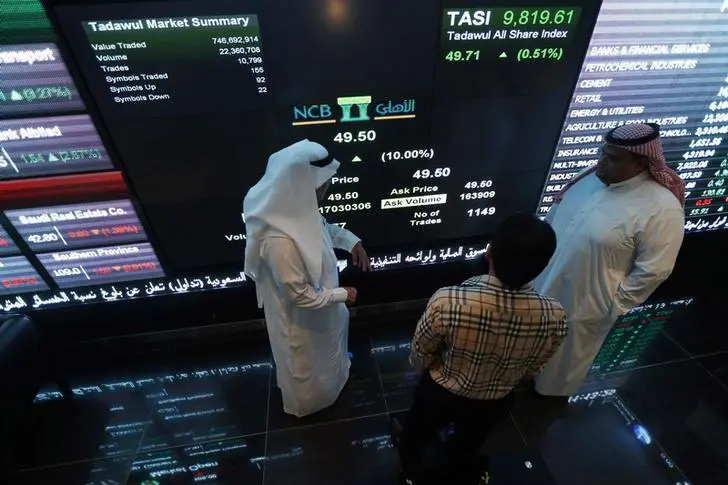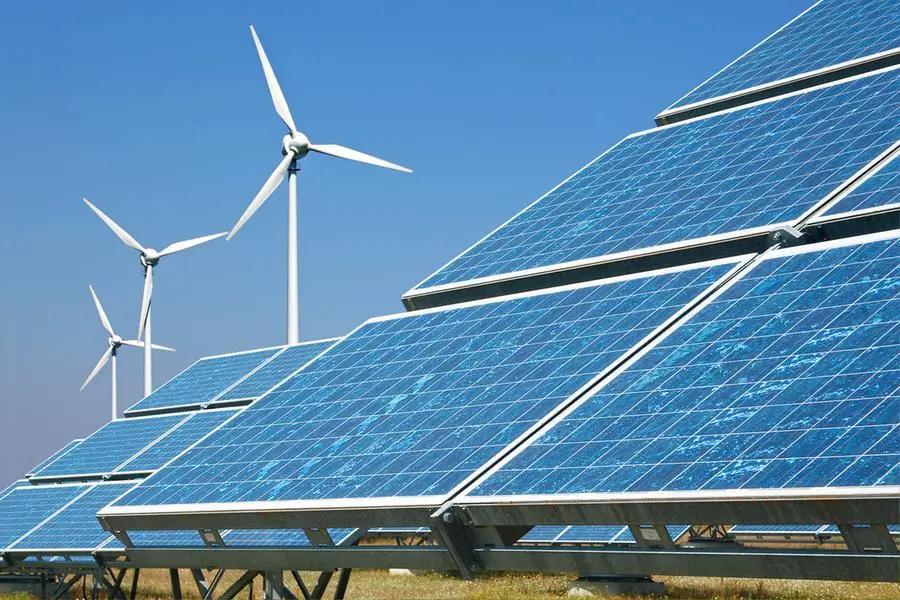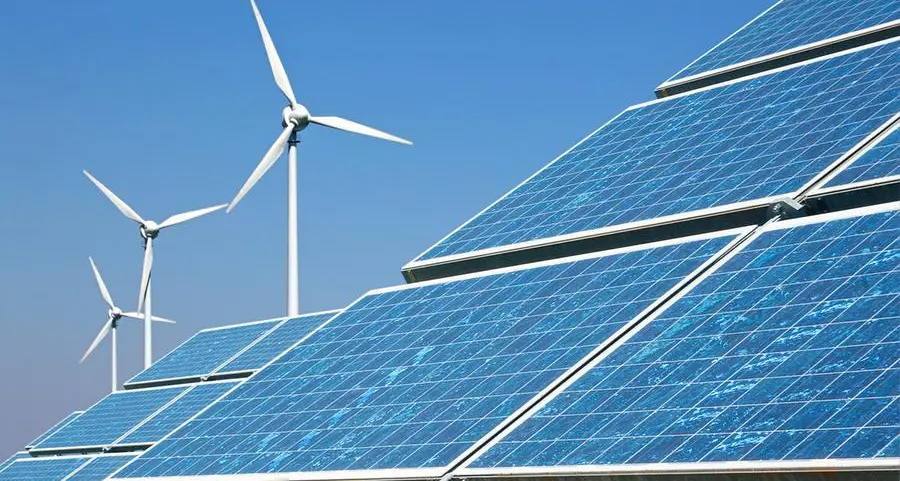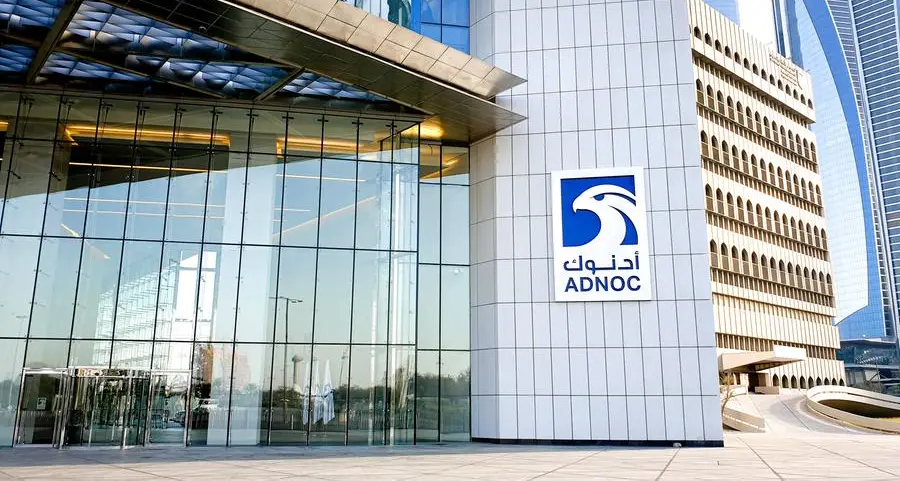PHOTO
Abu Dhabi, UAE: A global team of scientists from NYU Abu Dhabi and other organizations have announced the results of an unprecedented search for the source of the largest ever seismic event recorded on Mars, and conclude that it was the result of enormous tectonic forces within Mars being released.
The quake, which had a magnitude of 4.7 and occurred on May 4 2022, was recorded by NASA’s InSight lander. As its seismic signal was similar to previous quakes caused by meteoroid impacts, the team believed that this event (dubbed ‘S1222a’) might have been caused by an impact as well, and launched an international search for a fresh crater.
Due to the huge amount of ground to be covered, the team sought contributions from the European Space Agency, the Chinese National Space Agency, NYU Abu Dhabi, the Indian Space Research Organisation, and the United Arab Emirates Space Agency. A collaboration of this size is believed to be a first in Mars research. Each group examined data from their satellites orbiting Mars to look for a new crater, or any other tell-tale signature of an impact (e.g. a dust cloud appearing in the hours after the quake).
After several months of searching, the team announced today that no fresh crater was found. They conclude that the event was caused by the release of enormous tectonic forces within Mars’ interior. Resultantly, they are now revising their estimates of how seismically active the planet is.
The study’s lead author, Benjamin Fernando of the University of Oxford and Johns Hopkins University, said: “This project represents a huge international effort to help solve the mystery of S1222a. We believe this is the first time that all missions in orbit around Mars have collaborated on a single experiment, and I am incredibly grateful to them all. I hope this project serves as a template for productive international collaborations in deep space.”
Group Leader for Mars at NYU Abu Dhabi Dimitra Atri, who is also a contributor of data from the UAE’s Hope Spacecraft, said: “This has been a great opportunity for me to collaborate with the InSight team, as well as with individuals from other major missions dedicated to the study of Mars. This really is the golden age of Mars exploration!”
S1222a was one of the last events recorded by InSight before its end of mission was declared in December 2022. The team are now moving forward by applying knowledge from this study to future work, including upcoming missions to the Moon and Titan, Saturn’s largest moon.
InSight
- InSight was a NASA mission dedicated to the study of the martian interior through geophysics, especially seismology (the study of Earthquakes).
- It launched from California in May 2018 and landed on Mars in November of that year. The last data were returned in December 2022, after the spacecraft lost power due to increasing dust accumulation on its solar panels.
- External partners to the InSight mission included the UK, France, Germany, and Switzerland. Within the UK, Imperial College London and the University of Oxford are lead institutions.
- During its time on Mars, InSight recorded over 1,300 marsquake events. Of these, at least 8 were from meteoroid impact events. The largest two formed craters around 150m in diameter. If the S1222a event was formed by an impact, we would expect the crater to be at least 300m in diameter.
This project involved all other active missions currently orbiting Mars, who contributed their data and expertise. These include:
- The MAVEN, Mars Reconnaissance Orbiter (MRO), and Mars Express (MEX) spacecraft of NASA
- The ExoMars Trace Gas Orbiter and Mars Express spacecraft of ESA
- The Emirates Mars Mission (Hope) of the United Arab Emirates Space Agency
- The Tianwen-1 Mission of the Chinese National Space Agency
- The Mangalyaan (MOM) mission of the Indian Space Research Organisation, which ended in September 2022. The MOM data were searched but no relevant images were taken before the end of mission
About NYU Abu Dhabi
NYU Abu Dhabi is the first comprehensive liberal arts and research campus in the Middle East to be operated abroad by a major American research university. NYU Abu Dhabi has integrated a highly selective program with majors in the sciences, engineering, social sciences, arts, and humanities with a world center for advanced research. Its campus enables students to succeed in an increasingly interdependent world, and to advance cooperation and progress on humanity’s shared challenges. NYU Abu Dhabi’s high-achieving students have come from some 125 countries and speak over 100 languages. Together, NYU's campuses in New York, Abu Dhabi, and Shanghai form the backbone of a unique global university, giving faculty and students opportunities to experience varied learning environments and immersion in other cultures at one or more of the numerous study-abroad sites NYU maintains on six continents.
